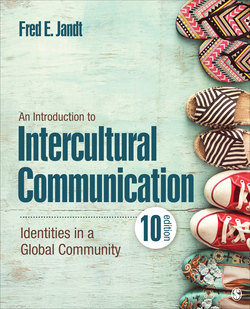Читать книгу An Introduction to Intercultural Communication - Fred E. Jandt - Страница 85
На сайте Литреса книга снята с продажи.
Focus on Skills 2.2 Cultural Appropriation
ОглавлениеYou are a student counselor in your campus Ombuds office, which assists students, faculty, and staff in resolving conflicts on an informal basis. A complaint has been filed by a student group against the campus theater department. The theater group is selling Halloween costumes to raise money. Included in their costumes are sombreros. The complaint alleges not that sombreros are an offensive symbol but rather that their sale by the theater department as a costume is misuse of a cultural symbol and Cultural appropriation or the use for other purposes of something that has cultural meaning or significance for someone.
You call the president of the theater department student group, who is shocked by your call. She says their intention wasn’t to diminish any culture with the costume sale. She asks how the department’s sale is any different from a local Mexican restaurant that advertises with a man in a sombrero or from the Los Angeles Angels, which gave away thousands of sombreros at a Major League Baseball game. Then she asks, “Should the bakery on campus stop selling squaw bread?”
1 Is this an example of ethnic stereotyping or cultural insensitivity?
2 How might you help these two student groups resolve this conflict?
3 What about the squaw bread?
Keziah Daum (an 18-year-old from Utah) wore a qipao or cheongsam (a tight-fitting Chinese dress with a high collar and side split) for her prom. Her tweeted images ignited a social media storm. One person protested, “My culture is NOT your … prom dress,” while another said, “I am very proud to have our culture recognized by people in other countries.”
Twitter/@daumkeziah
